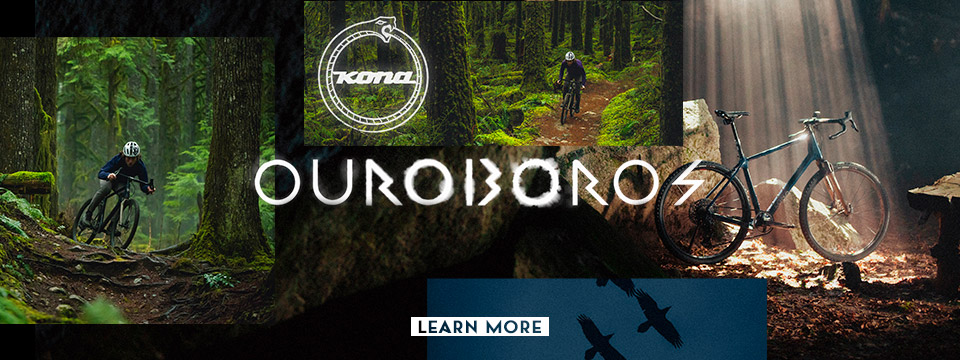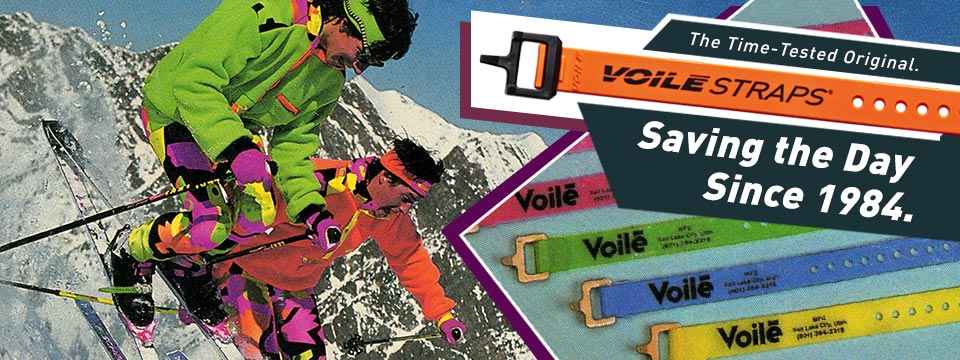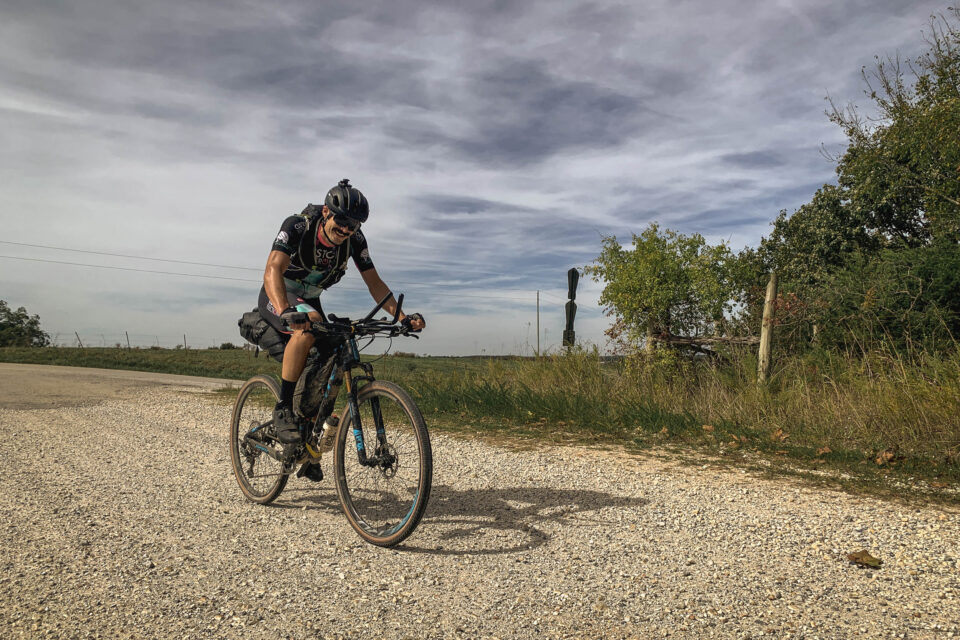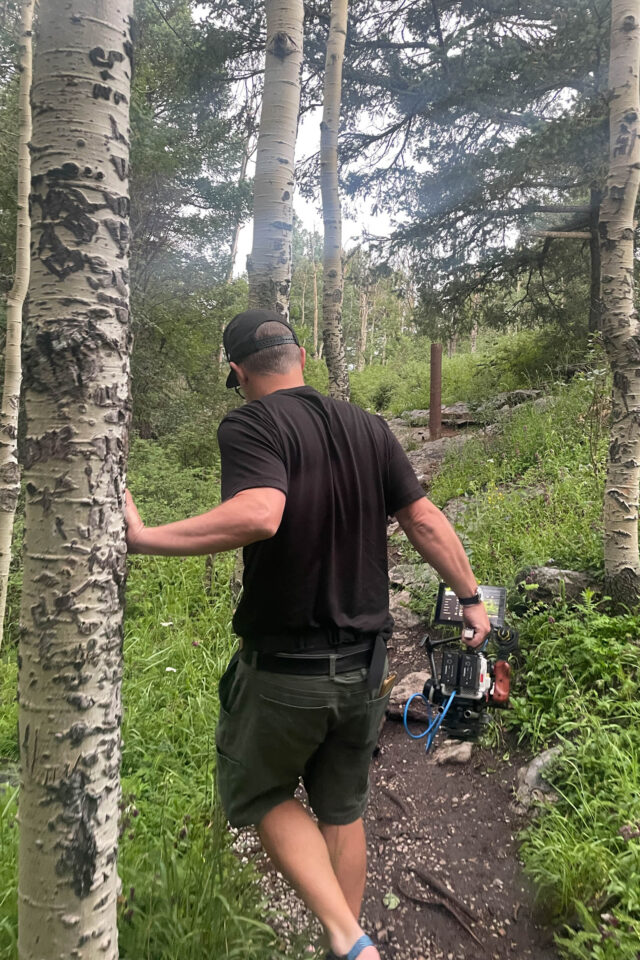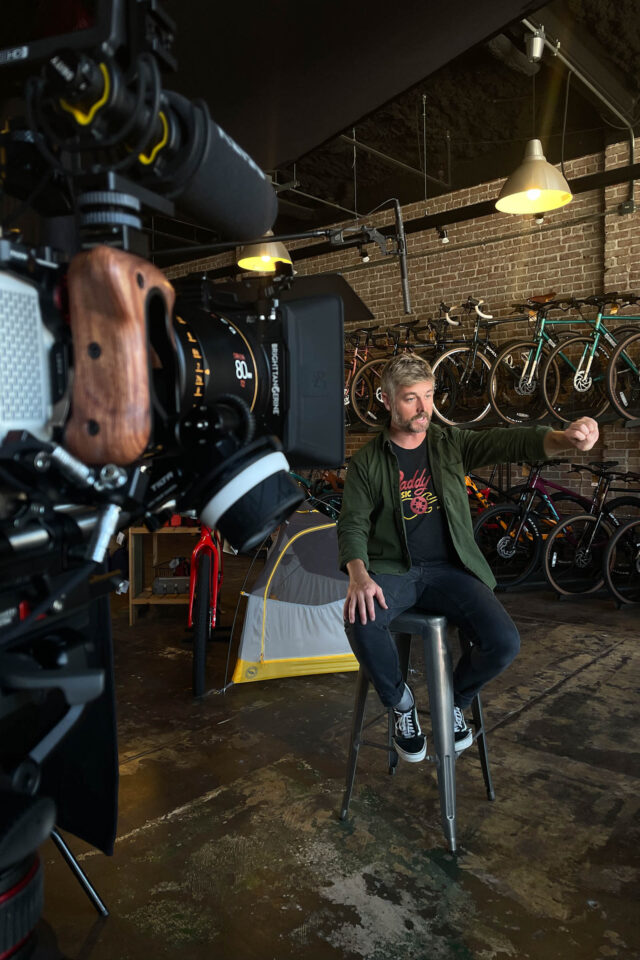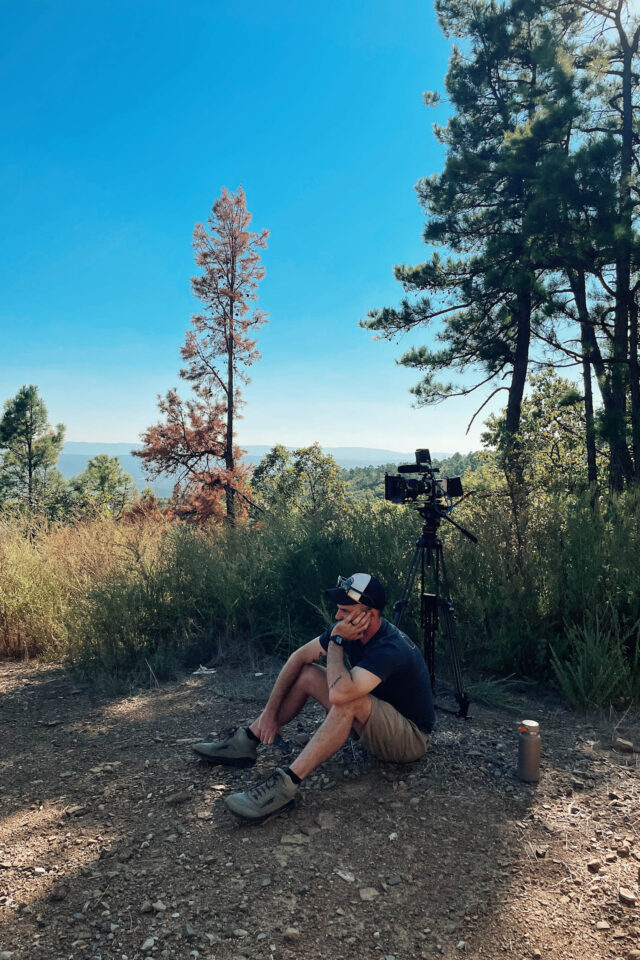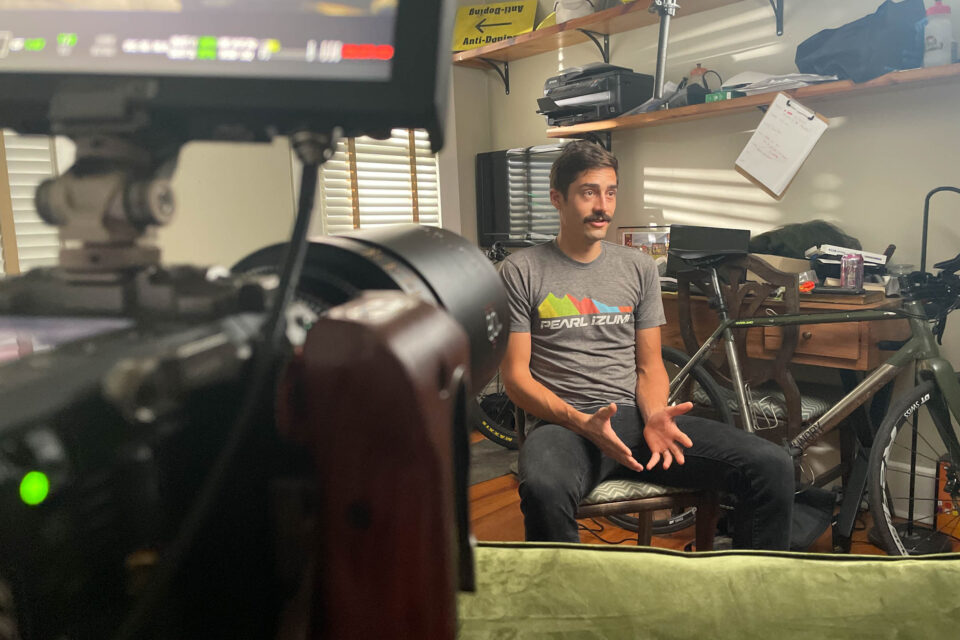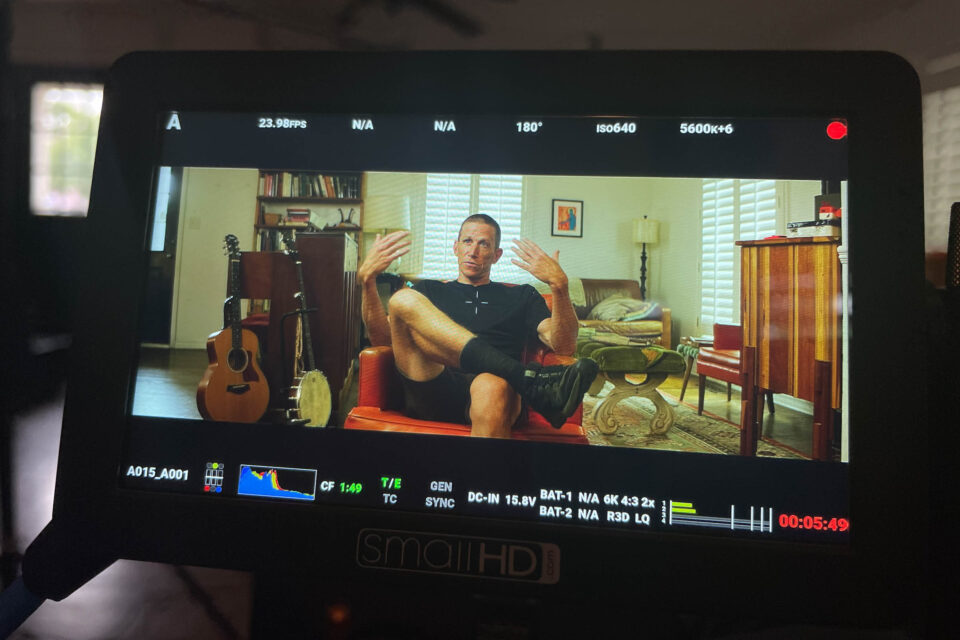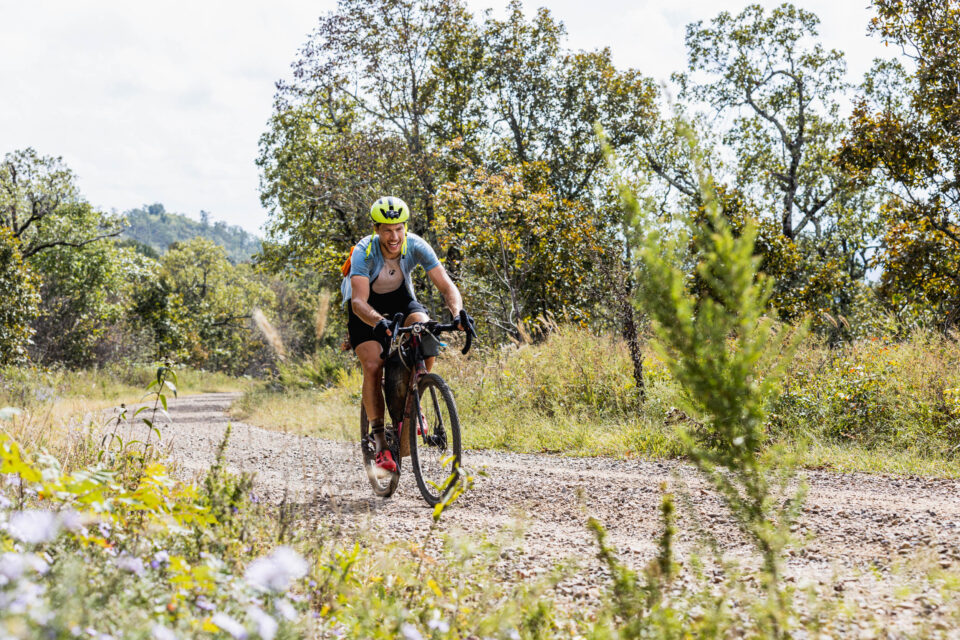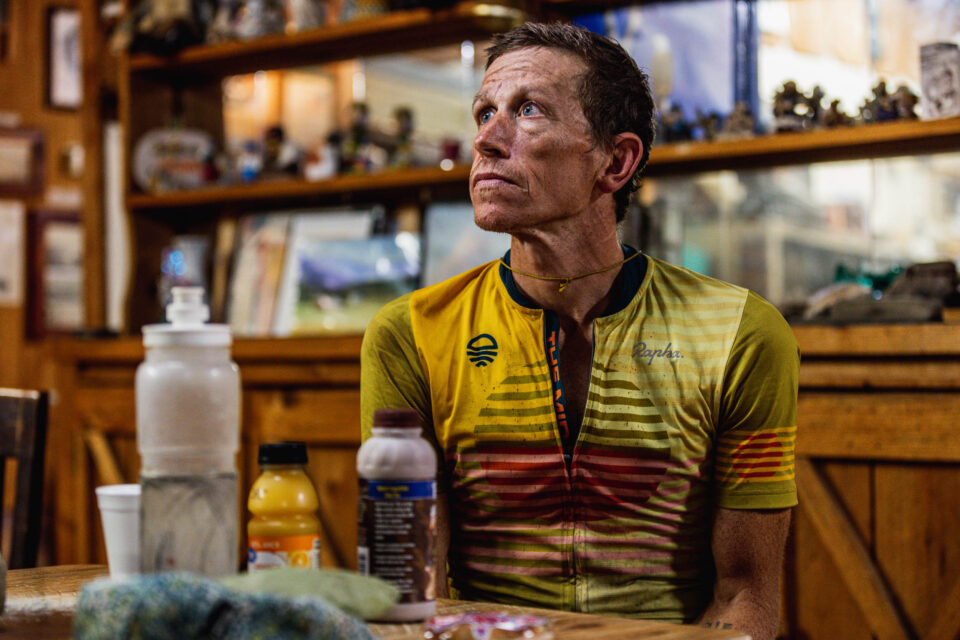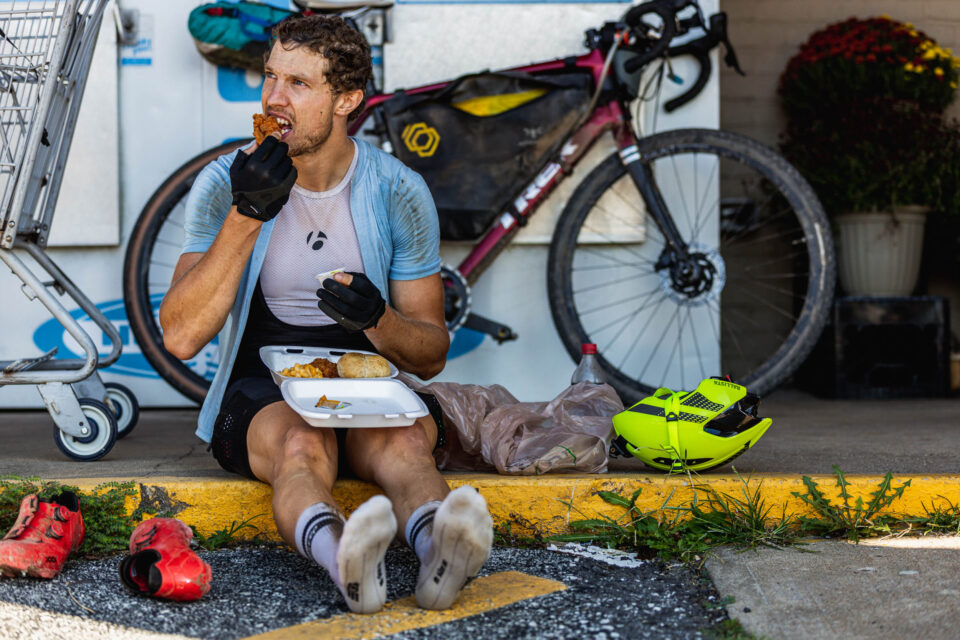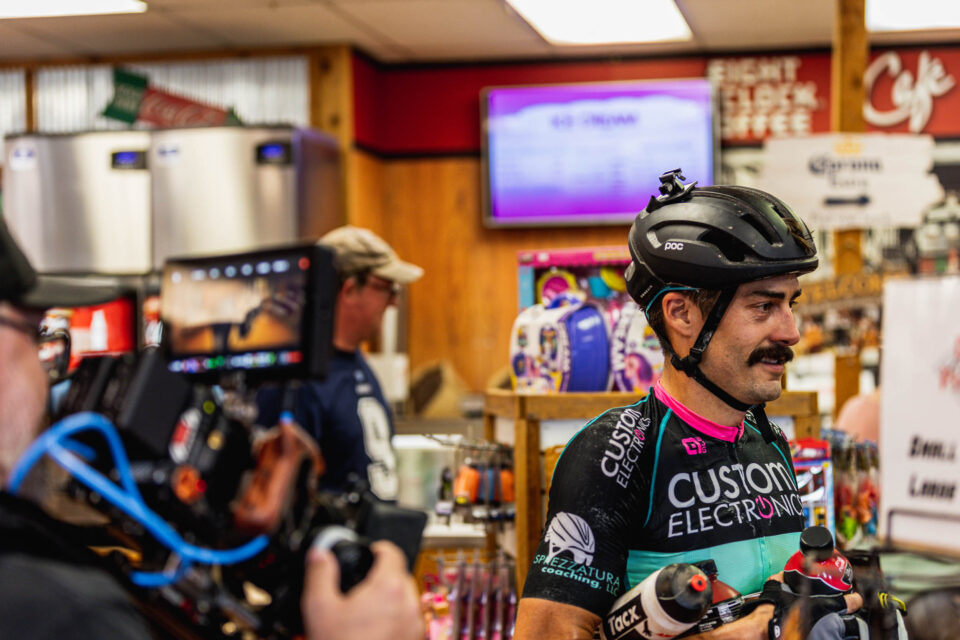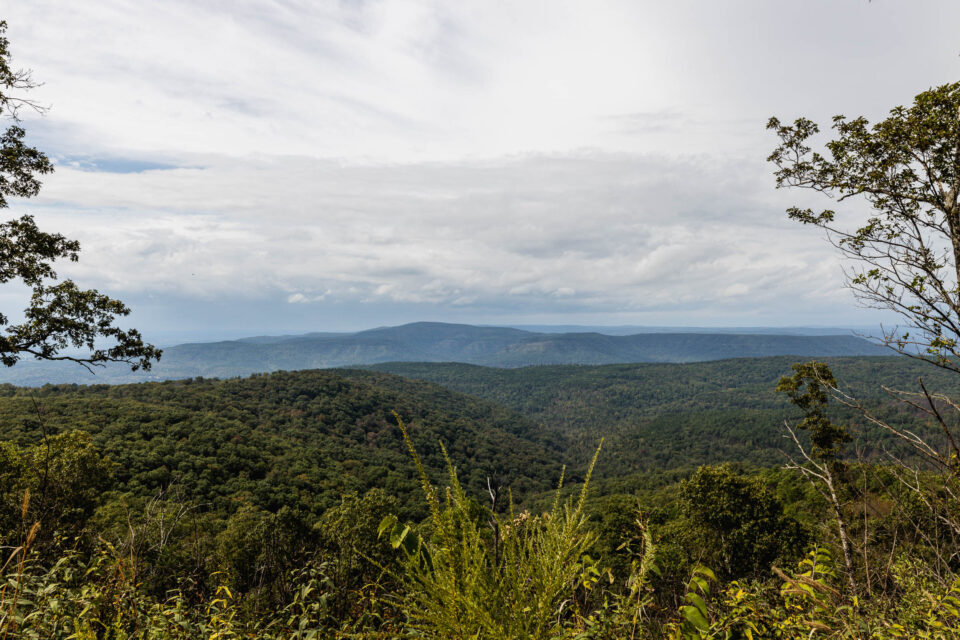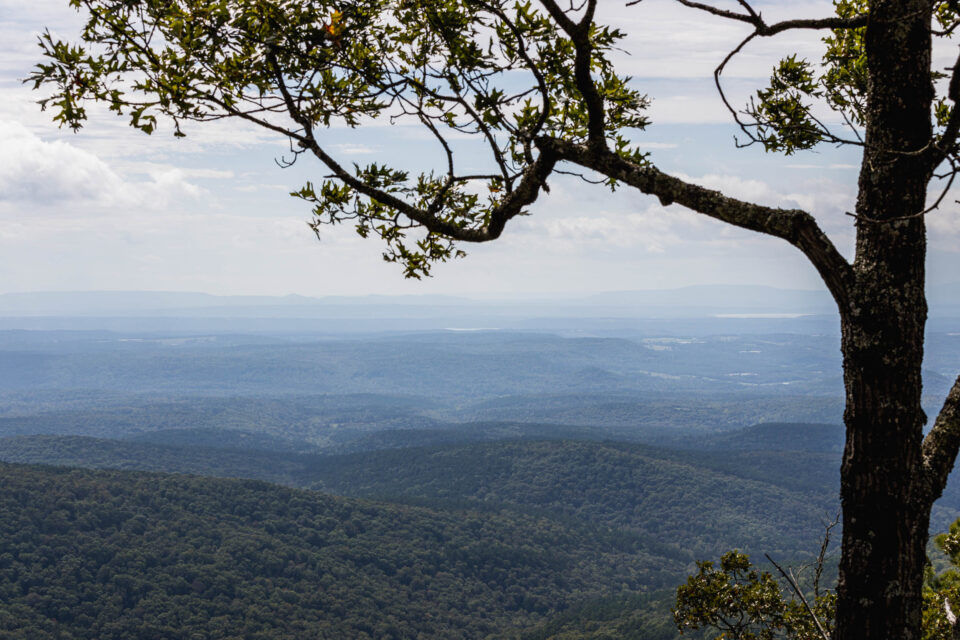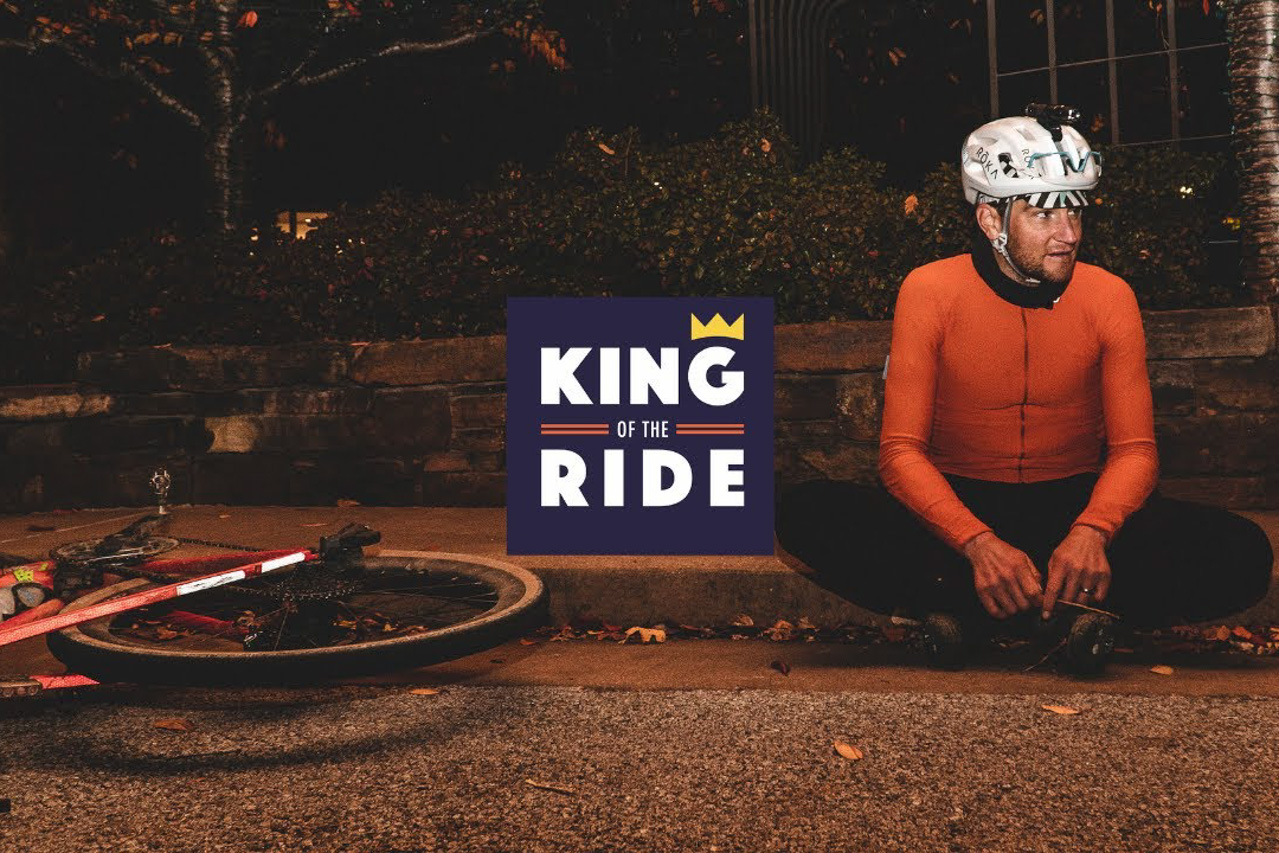Behind the Scenes of “Relentless Ride”
Kombi Creative’s latest film, “Relentless Ride,” shares the story of the 2021 Arkansas High Country Race as riders push their limits and discover what their bodies and minds are capable of. Read a behind-the-scenes perspective on the film from rider Seth Wood, watch the trailer, and find a link to the full film on Vimeo on Demand here…
PUBLISHED May 2, 2023
Photos by Nate Friend
The Arkansas High Country Race is a self-supported 1,037-mile event following the perimeter of the Arkansas High Country Route from Adventure Cycling Association. The inaugural event took place in 2019 and has quickly grown in popularity, developing a reputation as a brutally challenging event. The 2021 event saw more than 70 riders at the start, 20 of whom scratched from the race due to challenging weather, heavy rain, and tire-eating peanut butter mud. Scotti Lechuga was the first rider to finish the event that year, setting a fastest known time in the process with a time of just 5 days, 10 hours, and 49 minutes.
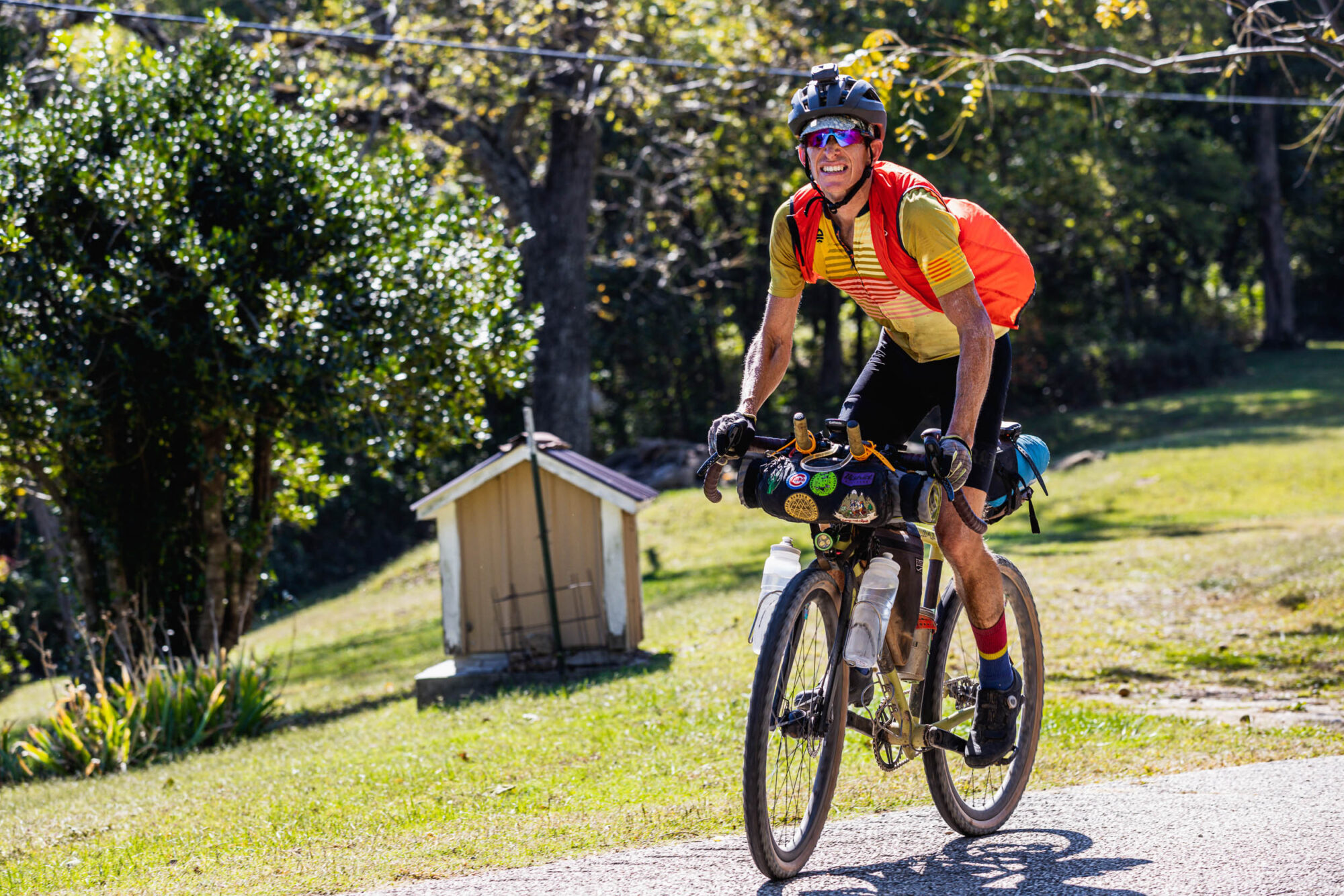
Below, you’ll find the trailer for a new film from Kombi Creative called Relentless Ride, which documents the 2021 Arkansas High Country Race. Seth Wood, a participant in the event, has put together some words on the project. Give it a read and then scroll down to watch the trailer and learn more about the film. You can head over to RelentlessRide.com to rent the full 97-minute film for $5.99.
Words by Seth Wood (@drsethwood)
Relentless Ride depicts scenes, people, landscapes, and circumstances of a self-supported bike race that took place in 2021 in Arkansas, where several records (FKTs, or fastest known times) were set that are still recognized by the Arkansas High Country Race directors and other official sources. This fact squares with current published rules of the race, which do not state the presence of a documentary crew to be cause for disqualification for any person who sets an FKT while being periodically visited by one for the purposes of obtaining footage.
I’m featured in this film, honored to write this introduction to it, and admittedly biased. Apologies especially to younger readers: my formative years basked in the electric blue-yellow light of Blockbuster Video™, so I organized this article in a fashion maybe unrecognizable to you: as a special features menu of a DVD, a form this film will likely never take.
Spoiler alert: My ride results in the 2021 AHCR are disclosed in the paragraphs below, as well as results for any current FKT holder, only one of which is featured in the film.
The Making of the Film
Unlike many bike-centric films made in the last several years, Relentless Ride was not funded by a commercial brand or by the production company where two of the principal filmmakers work, Kombi Creative. It was a labor of love, made at the expense of the makers themselves out of respect and admiration for the bike culture flourishing in northwest Arkansas, improving quality of life and making new inroads for bikes there. In a conversation we had in preparation for this article, one of the makers described the film to me as “a gift.”
Involvement in the presentation of this gift has given me a better appreciation for the labor of documentary filmmaking generally, especially in the context of an ultra-endurance bikepacking race. To get footage of the race, the makers had to endure similar discomforts as the riders they went to the wilds of Arkansas to document. They found themselves sleeping odd hours in lonely places, often contorted uncomfortably in their cars. When they did manage to anticipate rider locations by monitoring Trackleaders, heavy equipment was quickly off-loaded and calibrated to record what could be a passing moment or a brief dialogue. For the duration of the race, in volatile weather, that process repeated itself across an area stretching eastward as far as the Oklahoma border and farther west than Little Rock; the route enters Missouri at its northernmost arc and snakes halfway across Arkansas to the south. The crew filmed riders traveling in opposite directions on a 1,000-mile route that sprawls upon a map of Arkansas like a lasso tossed to the ground.
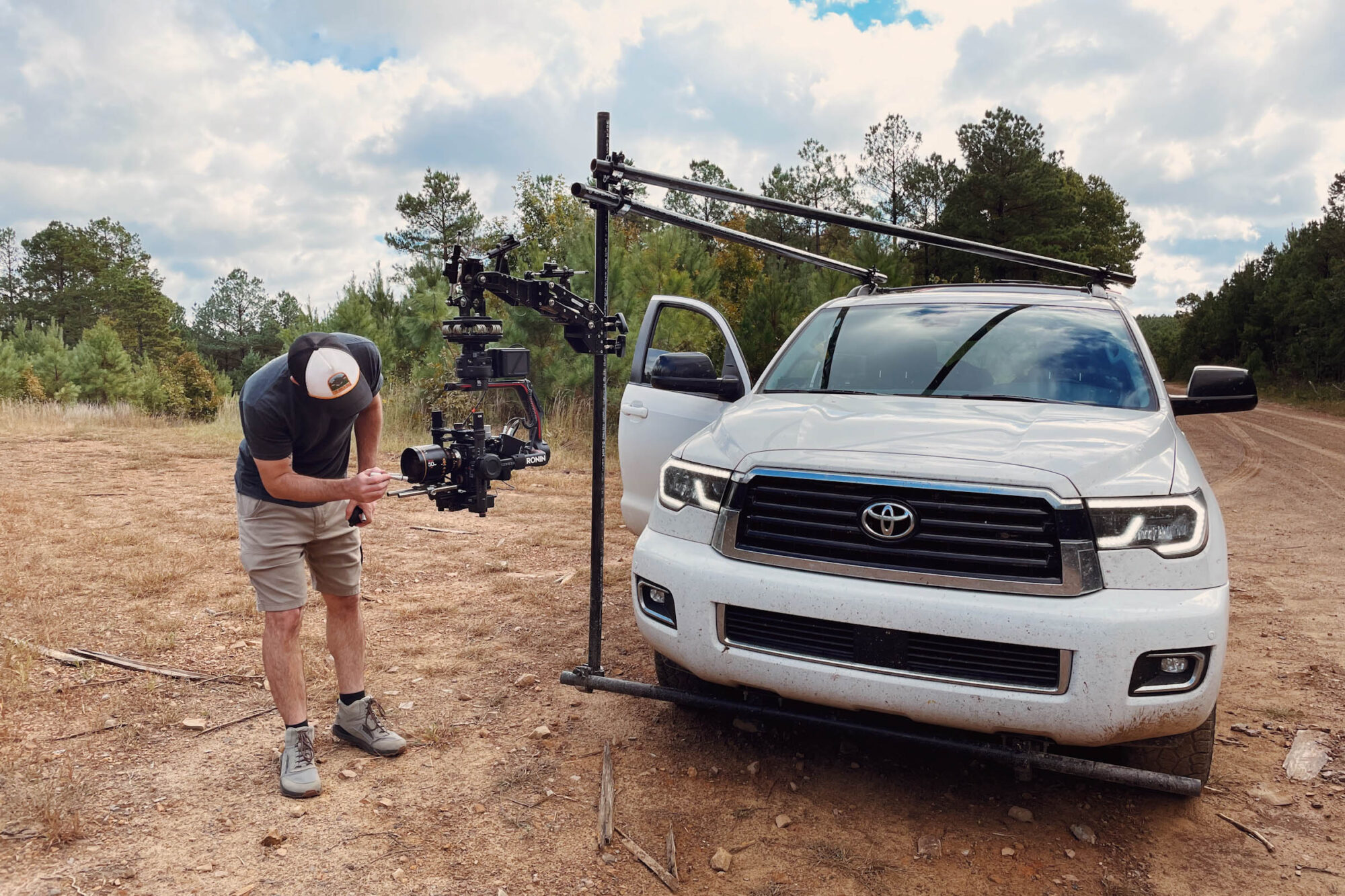
For a small crew of documentarians – one primary photographer and two videographers: one taking lead interviewing, the other setting up takes – the project was extremely ambitious. One feature of the film that stretched the time, expense, and logistical complexity of making it was the contribution of footage by many riders not just during the race, but months prior to the start and after its end as well, from their respective homes. This was an aesthetic more than practical choice on the makers’ part. They could have made a gift of the film without leaving Arkansas, but their approach distinctly humanizes its subjects.
Cast and Crew Commentary
The riders featured in Relentless Ride are so artfully humanized by the film itself that I’ll humanize the filmmakers, who never occupy the frame: Adam Harbottle, Brian Hill, and Nate Friend. The crew introduced themselves to me as relative newcomers to the culture of ultra-endurance bikepacking, so I was surprised by the sensitivity and awareness they showed in our preliminary conversations and interviews. They asked thought-provoking questions and followed up on stories I told or remarks I made in ways that brought novel perspective on experiences I’d come to accept as a way of life.

Prior to the race, I was unexpectedly comfortable with them collecting footage of me at home: interacting with my family, adjusting my kit, going for a training ride. After they rearranged the main room of my house into a stage for filming, the crew set everything to rights like the Cat in the Hat. Crammed into a vehicle with their equipment, following me on a ride, they drove safely despite being new to filming a moving bike.
Their presence on course was also noticeably self-effacing. I went into the race with the ambition to set a new single-speed FKT, anxious about being interrupted or expected to “perform” for the filmmakers in any way at odds with how I wished to perform on the bike. Yet, during the event, as in my home talking about some of the darkest hours of my life, I was at ease sharing whatever thoughts or feelings I could muster coherence to say. I never stopped to interact with the crew when not already pausing for a break in my ride.
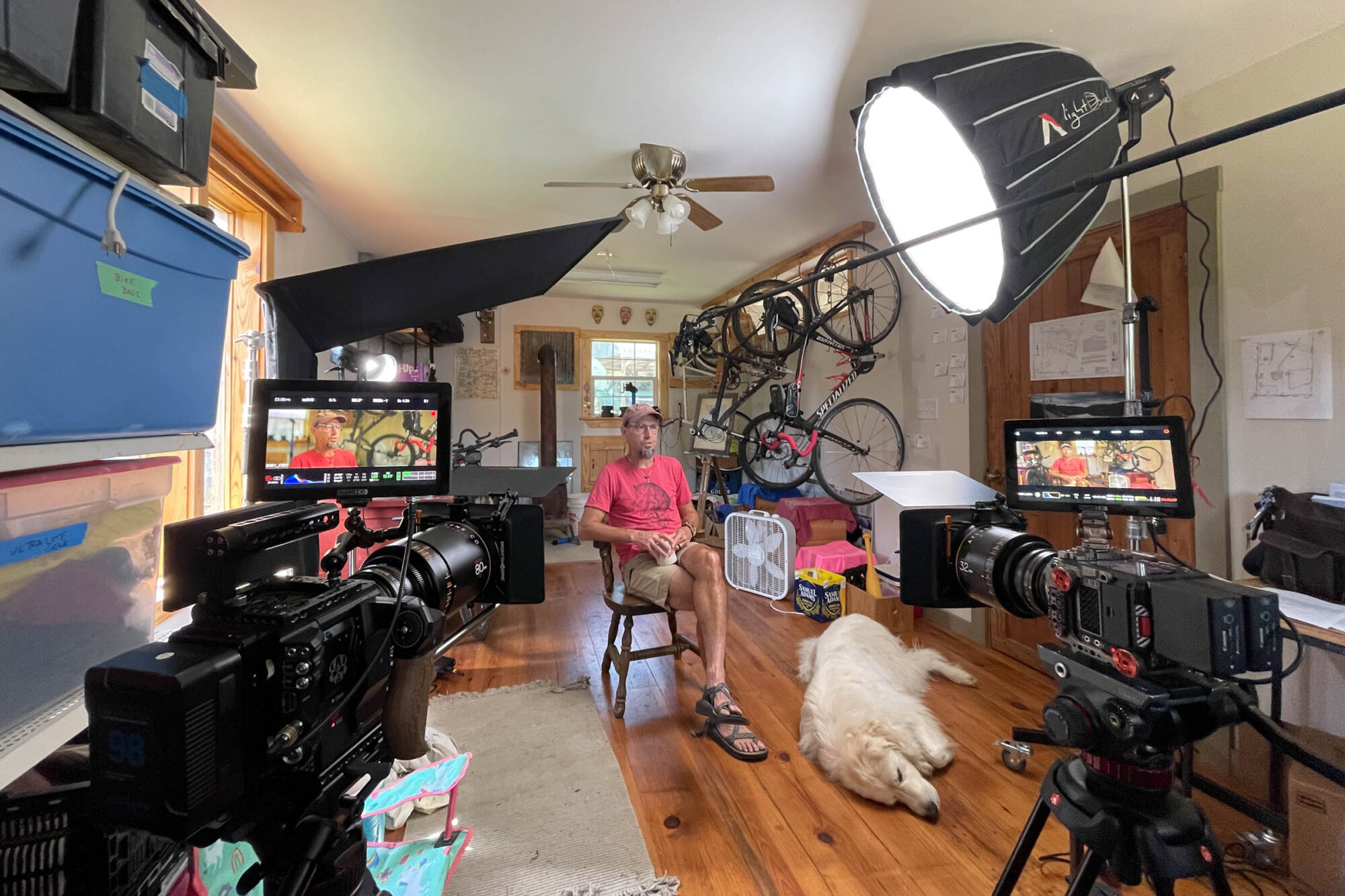
After my ambitions for an FKT were dashed by a series of massive storms during the second half of the race, I found myself anticipating the crew’s arrival. This shift made me seriously reconsider conversations I’d been party to (sometimes heated, even bitter conversations) about whether being filmed while bikepack racing constitutes a form of support. I had become friendly with the crew prior to the event. Was I not expecting some form of support by hoping to see them around the next bend in the road, like a water source or cold soda? Conversations about such questions can benefit from examples of films that have not led to toxic feuding online, since not being made at loggerheads with established race rules.
Director’s Cut
I know I’m not the only rider who became friendly with the makers of Relentless Ride during the filming process. The sensitivity and care with which they approached their work made that more the case than it might have been otherwise. Viewing the film, you sense its intimate character, no matter how much or how little you know about racing. Relationships created during the filming process between the film’s makers and its subjects made the second order of labor—editing the film—a daunting, ambitious project of its own.
For example, one of the filmmakers’ plans, which won’t be obvious in the final cut to most viewers, was to spotlight the difference between the riders attempting to race the Arkansas High Country Route on geared bikes and those riding (and walking a good deal with) single-speed bikes. I was asked many questions about this difference during filming. In the version I saw at the film’s premiere in Springdale, there was more footage of the single-speed riders tackling the course in the alternate direction than the one I was riding, including the person who went on to set a new single-speed FKT that year, Brett Stepanik. You still see the epic skid-to-kneel move that concluded Brett’s massive effort, but footage of him and Chris (CJ) Joice, who took second-place single-speed, drying out and stocking up at the Rich Mountain Country Store didn’t make the final cut. I wonder to what extent any film could do justice to the difference between riding geared and single-speed bikes when the emphasis is people rather than the machines they’re pedaling.
Since I’m friends with other riders who contributed footage to this film, I know to value the stories of beautiful people left on the cutting room floor—those of Jaqueline Chasteen and Indy Schulz stand out as prominent examples. I’m friends now with the filmmakers, too. Discussing the tough choices they had to make while editing, I came to understand that work to have been more taxing and perilous for them than creating the content. The filmmakers want to make a longer version of Relentless Ride, a “Director’s Cut,” including more footage of a greater plurality of riders. My desire to see more partly motivates encouraging you to view its present form. It’s also just a moving and accurate and beautifully composed film.
Like participants in ultra-endurance bicycle races or rides, people endeavoring to record these events confront uncertainty about what return, if any, will come from the expenditure of time and energy. Giving this film your attention empowers the makers to broaden the circle of recipients of its gift, not just in terms of audience but also the human stories and lessons it contains.
Alternate Endings
The 2021 Arkansas High Country Race will only ever have ended one way: riders finished when and how they did, or they didn’t finish in equally idiosyncratic ways. The story of Relentless Ride, however, could have been told differently.
One highlight of the single-speed race captured in the film’s final edit was the finish I shared with Lindsay Shepard, who set the women’s single-speed FKT on the course. You’ll see footage taken just after nightfall—cheers, waving hands, and champagne spray surround Lindsay as I drift out of frame on my bike. What the film does not represent was the transformative effect Lindsay catching me had on my ride.
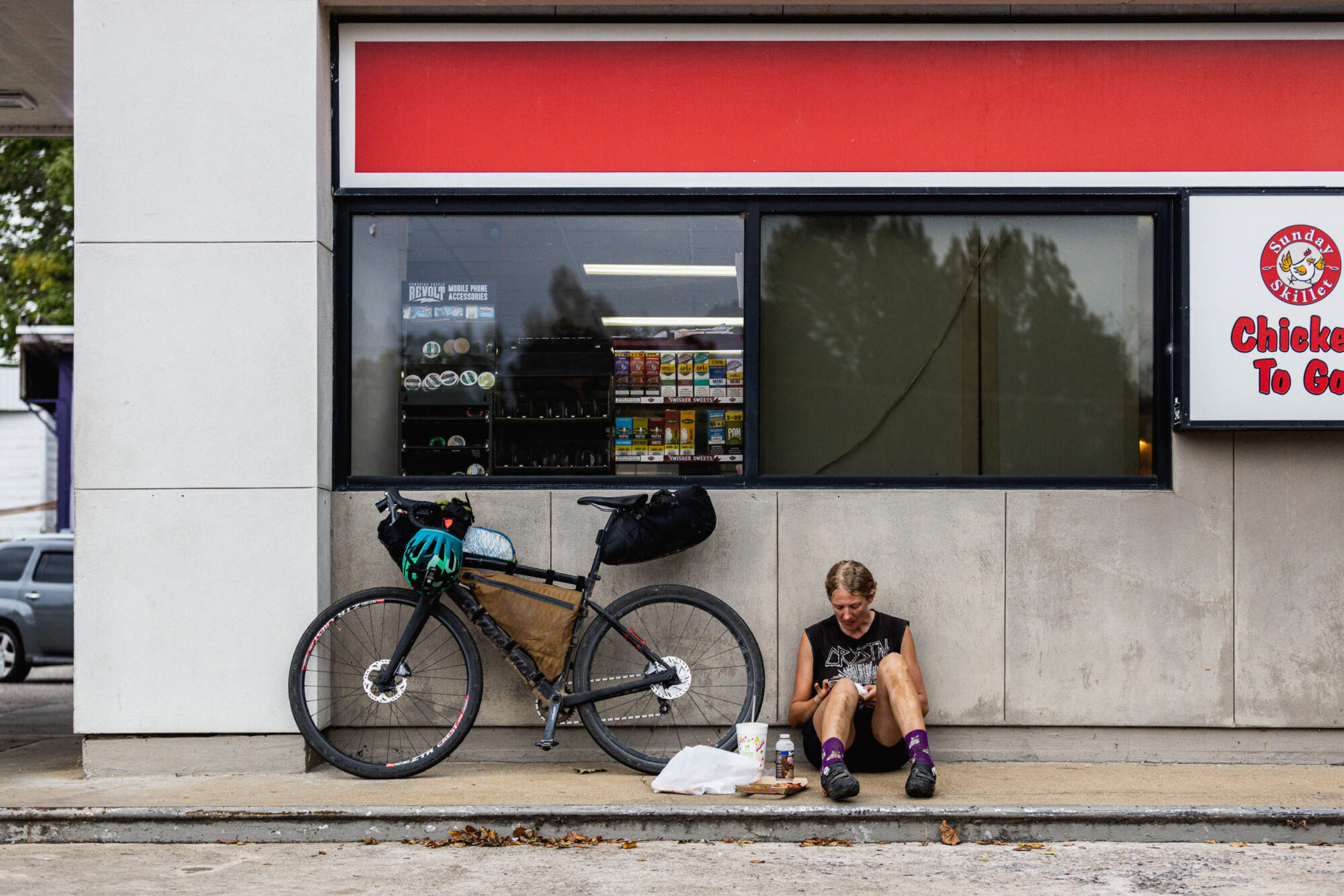
I’d spent days soaked through and chilled by the storm system that overtook the southwestern portions of the course in the later days of the event. I’d never met Lindsay before seeing her in line with arms full of snacks at the Oark General Store, but her positive attitude and indominable, sunny outlook broke through and cleared the sullen, frustrated mindset I’d worked myself into after watching my time goals slip away and my gear get waterlogged. Likely, I would’ve still finished if Lindsay hadn’t caught up with me, but I would not have enjoyed the experience as much and made so many precious memories along the homestretch without her radical calm and goodness keeping me company. I was supported indeed.
The unique bonds forged between riders who find themselves allied while taking on such demanding bike rides is a primary focus of Relentless Ride as it concerns two riders going for the record at the so-called “pointy end” of the race, but this perspective drops out when it comes to people in it for the ride.
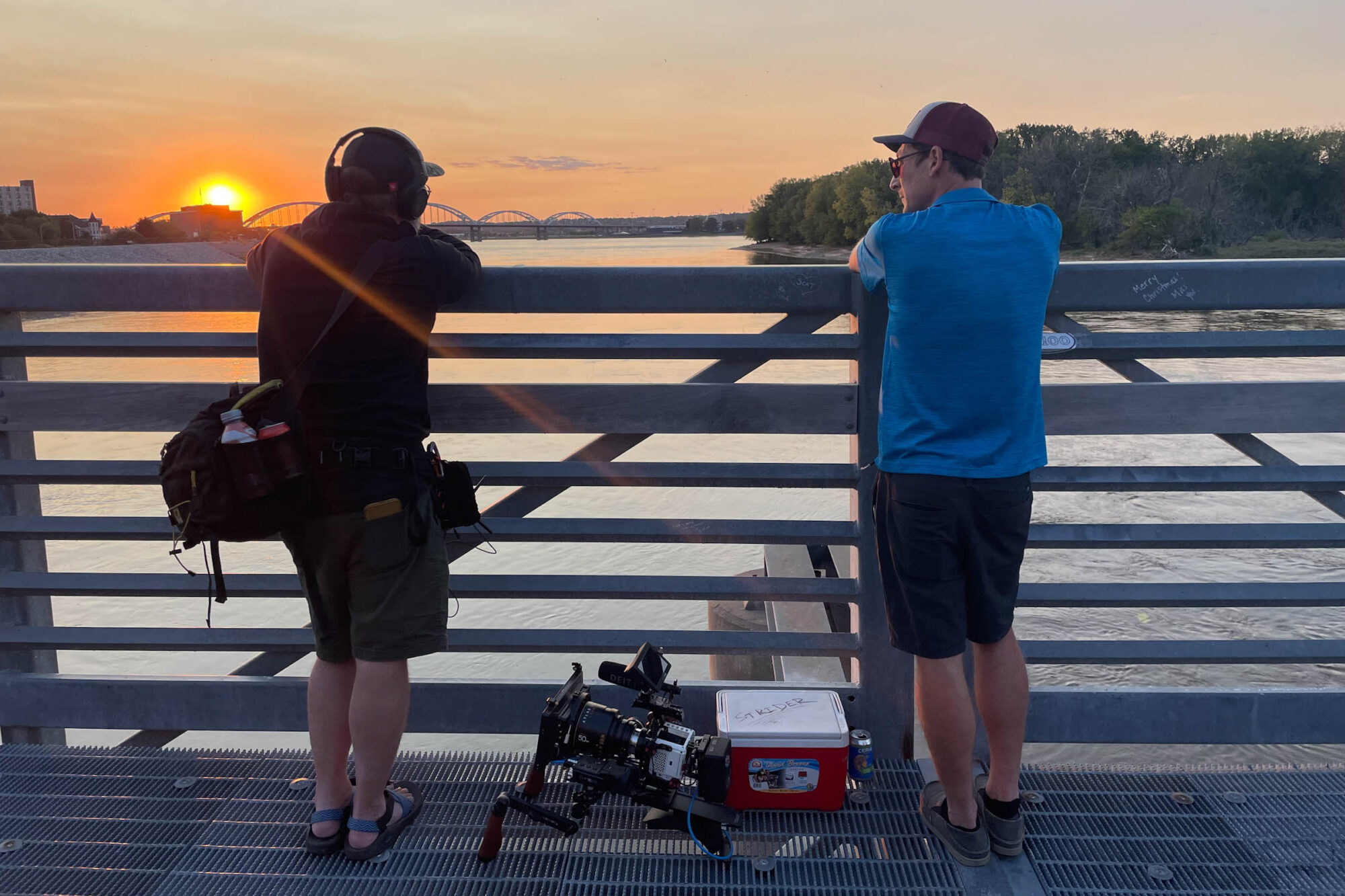
Blooper Reel
Picture a disheveled team of camera people, posted up aside a steep, rugged road—after considerable effort and confusion getting there—waiting to capture a passing rider, who they come to learn is already miles past the location of a Trackleaders dot, owing to the typical lag in GPS mapping.
The crew caught up with me during some of tough climbs, wanting footage of me walking my bike. On one hill, they parked aside where I was walking and lumbered out with their gear while I frog-marched up, but they couldn’t keep pace with me on foot. Altering takes, they loaded everything back up and followed me by car. Months earlier, they wanted footage of me riding my daughter to preschool via cargo bike, but I took our customary, winding way through back roads and alleyways, and I’m sure very little useable footage resulted from the shoot.
There are special features of bike rides that no car-bound documentary crew can capture. In more ways than one, there were certain places riders on course were compelled to go that the filmmakers could not.
Beyond the Film
Different self-supported bikepacking events must have different sets of rules to respect and protect the special features—natural and cultural identities—of the landscapes they traverse. Sometimes the presence of documentary crews might be forbidden or cause for disqualification for a rider who breaks a record while being filmed.
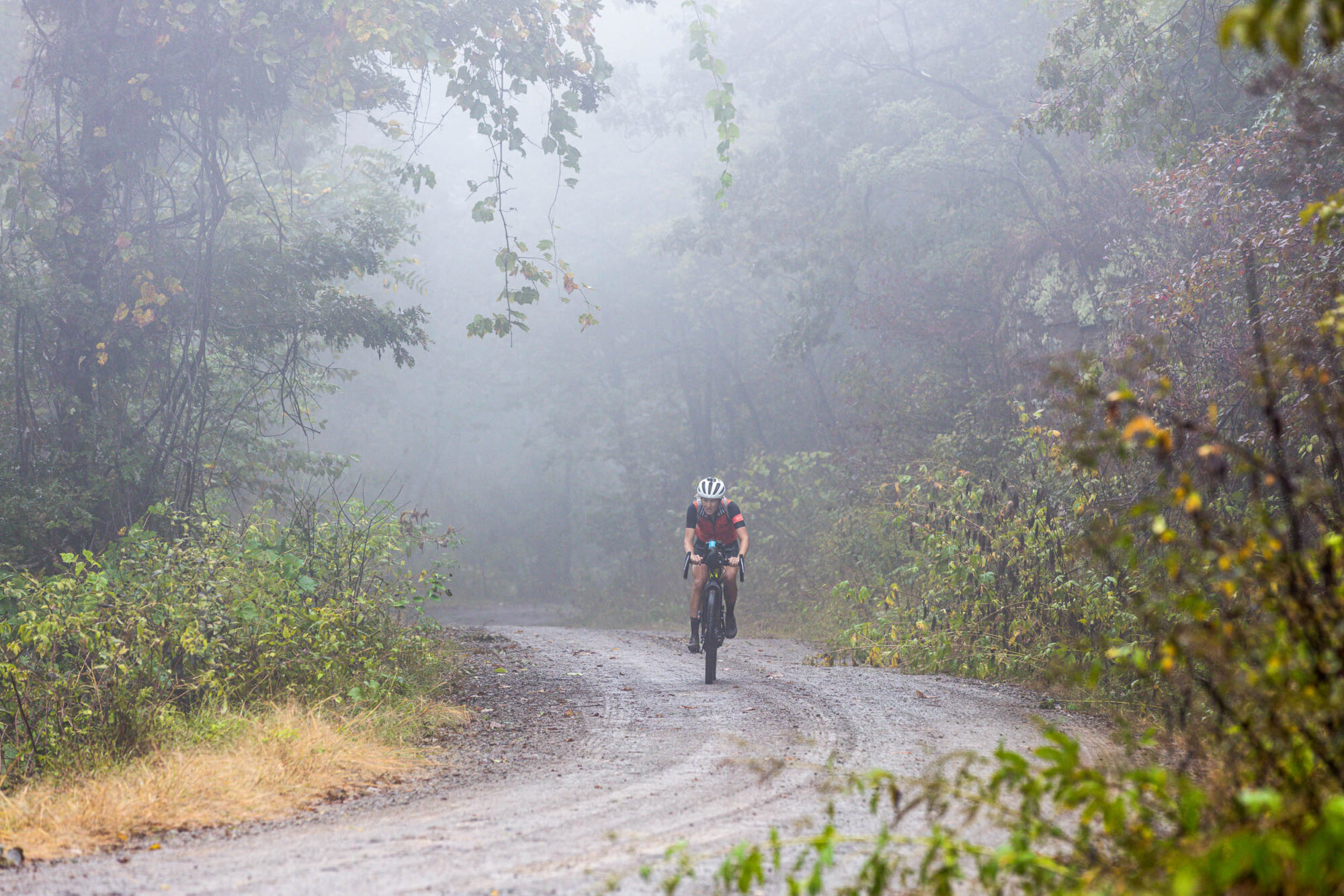
That said, I doubt anyone able to set an FKT in the swelling, competitive world of bikepack racing today could not do so just as well (if not better) in the absence of a documentary crew. In fact, based on my experience with Relentless Ride—as subject and viewer of the film—the presence of filmmakers on course seems more likely to yield alterations or compromises within an individual rider’s ambitions or goals than to make them possible where they wouldn’t be otherwise.
Related Content
Make sure to dig into these related articles for more info...
Please keep the conversation civil, constructive, and inclusive, or your comment will be removed.








